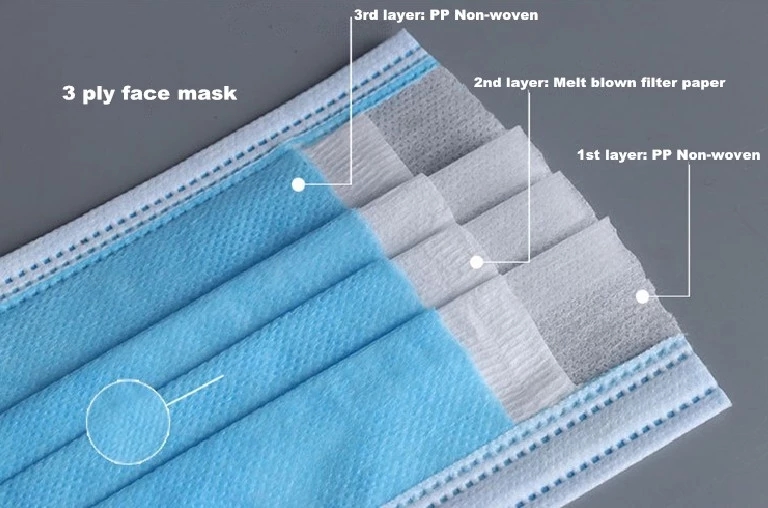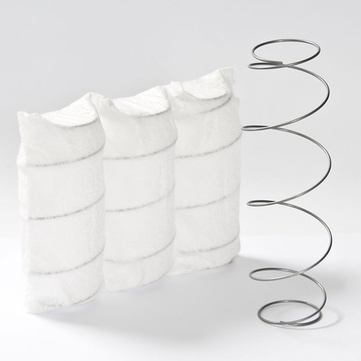In order to avoid the spread of the virus during the epidemic, everyone has become accustomed to wearing non-woven masks. Although wearing a mask can effectively prevent the spread of the virus, do you think wearing a mask will give you peace of mind?
The Straits Times recently cooperated with the local Eurofins laboratory to study how many microbes will be attached to the non-woven mask when wearing a non-woven mask for a long time. The results made people feel hairy and itchy.
Research from the Eurofins lab shows that the longer a non-woven mask is worn repeatedly, the amount of bacteria, mold and yeast inside the mask increases. The experiment was conducted on disposable and reusable masks for six and 12 hours, respectively, recording the emergence of bacteria, yeast, mold, Staphylococcus aureus (a common cause of skin infections) during this time. fungus) and Agrobacterium aeruginosa (the fungus that causes the rash), and then compared.
Dr John Common, a skin research scholar at the Singapore Institute of Science and Technology, said in an interview that Staphylococcus aureus may produce some toxins that are harmful to humans. These bacteria can be spread through direct contact with an infected person, or through the use of contaminated items. Therefore, this fungus is classified as a pathogenic organism, which means that this fungus, which is often present in healthy people, can also cause harm to the human body to some extent. Agrobacterium aeruginosa is another bacteria that can live on the skin and cause harm to the human body.
Fortunately, the presence of Staphylococcus aureus and Agrobacterium aeruginosa cells was not found in all the tested mask samples. Unsurprisingly, the researchers found that the total count of yeast, mold and other bacteria was higher on the masks that were worn for 12 hours than those that were only worn for six hours. The bacteria of the non-woven mask worn for twelve hours was significantly higher than that of six hours.
Notably, the study found that reusable masks generally contained more microorganisms than disposable non-woven masks. Further testing is required to determine whether other microorganisms and bacteria attached to the mask can cause disease or skin disease.
Dr. Li Wenjian, Dean of the Department of Chemistry and Life Sciences of Nanyang Technological University, said that the materials of these masks will lead to the retention of a certain amount of bacteria after 12 hours of use. He pointed out that the biggest difference between disposable non-woven masks and reusable masks is the lining fabric closest to the mouth. He said: “The lining fabric closest to the mouth is where the bacteria remain when we sneeze or cough. When we wear a mask and talk, our saliva will be atomized and attached to this fabric.” Dr. Li added Said that disposable non-woven masks can provide better breathability and bacterial filtration than reusable woven masks. The fiber space of the woven mask is relatively large, so the filtration performance of bacteria is not so good. Therefore, if reusable masks are not cleaned frequently, dust, dirt, sweat, and other microorganisms (including bacteria) will be attracted to the inside and outside of the mask.
We recommend the PP spunbond non-woven fabrics produced by our company for masks:
By Jacky Chen
Post time: May-12-2022









